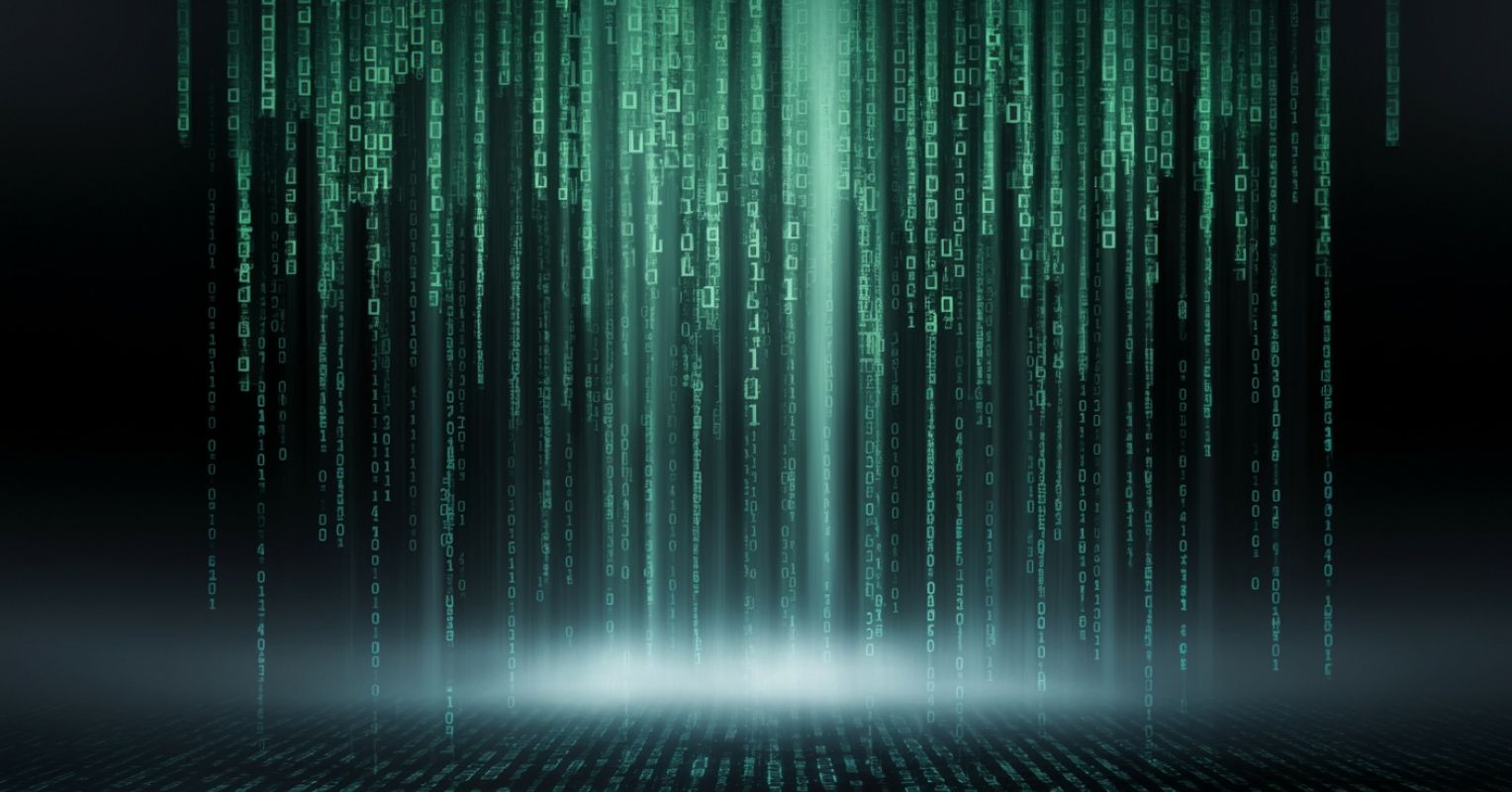
A New Language for a New Syndrome
We need better language for the pathologies of modern life. A concept I call social diabetes gives us a framework for understanding why we feel so emotionally unwell in a time of unprecedented connectivity. It’s not that we’re alone, it’s that we’re overdosing on connection in a form our brains were never designed to process.
It’s time to restore relational nutrition to our lives. Not every ping is a person. Not every follow is a friend. And not every comment is communication.
The Sugar of the Soul
Connection is as essential to our psychological survival as glucose is to our physical body. Human beings evolved in small, attuned communities where emotional contact, mutual recognition, and physical presence were our lifeblood. But in the modern era, we are flooded with social input—an endless stream of comments, messages, reactions, likes, matches, followers, and filters.
Like sugar, a little bit of social connection is nourishing. But too much, too fast, in too processed a form? That’s where we begin to break down.
This is the basis of social diabetes: the psychological condition that results from the overconsumption of social connectedness through digital platforms, leading to emotional dysregulation, diminished self-worth, superficial relationships, and an ever-widening social divide.
What Is Social Diabetes?
Social diabetes is not a recognized diagnosis, but it describes a recognizable syndrome caused by the overavailability and overstimulation of social interaction. It’s not caused by isolation or disconnection, but paradoxically, by too much connection in the wrong form.
Where relational intimacy once required time, presence, and emotional risk, digital platforms offer instant access without vulnerability. Social needs are met with fast, sugary hits: likes instead of eye contact, emojis instead of empathy, comments instead of conversation.
The result: Emotional blood sugar spikes—dopaminergic surges from digital feedback—followed by psychological crashes of anxiety, numbness, and shame. Over time, we become dysregulated, fatigued, and alienated from others and ourselves.
The Symptoms of Social Diabetes
People suffering from social diabetes may appear constantly “connected,” but underneath the surface, they often report:
• Low self-esteem and a fragile sense of self-worth
• Obsessive comparison to others’ curated lives
• Addictive checking behaviors—scrolling, refreshing, responding
• Superficial relationships, with fewer deep or emotionally safe bonds
• A chronic sense of being unseen or misunderstood
• Increased polarization and mistrust, as nuanced dialogue is replaced by tribal performances and echo chambers
Neuroscience: The Hijacking of the Social Brain
Our brains evolved in environments where social cues were embodied and sparse—requiring us to interpret facial expression, tone, proximity, and timing. In that environment, social input was metabolized in real-time and in moderation.
Today’s social media environment, however, floods the brain with signals. The mesolimbic dopamine system, including the nucleus accumbens and ventral tegmental area, lights up when we receive likes or messages—just as it does with sugar, sex, or substances. Over time, this leads to desensitization and a need for more intense stimuli to feel anything.
Moreover, chronic digital exposure impairs the prefrontal cortex, responsible for impulse control and reflective thinking, and hyperactivates the amygdala, increasing threat sensitivity. This contributes to social anxiety, emotional reactivity, and black-and-white thinking—fertile ground for social divide.
The Relational Cost
From a psychoanalytic perspective, identity is forged through mutual recognition, emotional resonance, and the capacity to be truly known. But digital platforms promote what psychologist Philip Bromberg might call “self-states without context”—snapshots of self that are curated, performative, and often disconnected from embodied experience.
Instead of attunement, we get audience. Instead of dialogue, we get broadcast. The self becomes a brand. Other people become mirrors, not minds.
As a result, real intimacy becomes harder to tolerate. When connection is always available, it stops feeling meaningful. People report being surrounded by others and yet feeling intensely alone.
Social Divide and the Illusion of Community
One of the most insidious effects of social diabetes is its role in deepening social divides. While the internet promised global connection, it has in practice delivered ideological fragmentation, where algorithms amplify confirmation bias and outrage rather than curiosity or empathy.
This leads to identity hardening—people become more extreme in their views, less tolerant of ambiguity, and more emotionally reactive. We mistake shared content for shared values, and disagreement becomes identity threat.
Instead of bridging gaps, hyperconnectivity widens them.
Healing Social Metabolism
Like its metabolic cousin, social diabetes can be managed—not by cutting all connections, but by changing its form and dose.
Steps toward healing might include:
• Digital portion control: Schedule intentional times for connection—and solitude.
• Prioritize depth over breadth: Focus on a few emotionally safe, honest relationships.
• Be embodied: Seek out real-world experiences of connection—dinners, eye contact, physical proximity.
• De-curate: Share imperfectly. Be human online. Make room for others to do the same.
• Engage with difference: Slow down and seek nuance in others’ views instead of reacting with dismissal or judgment.
